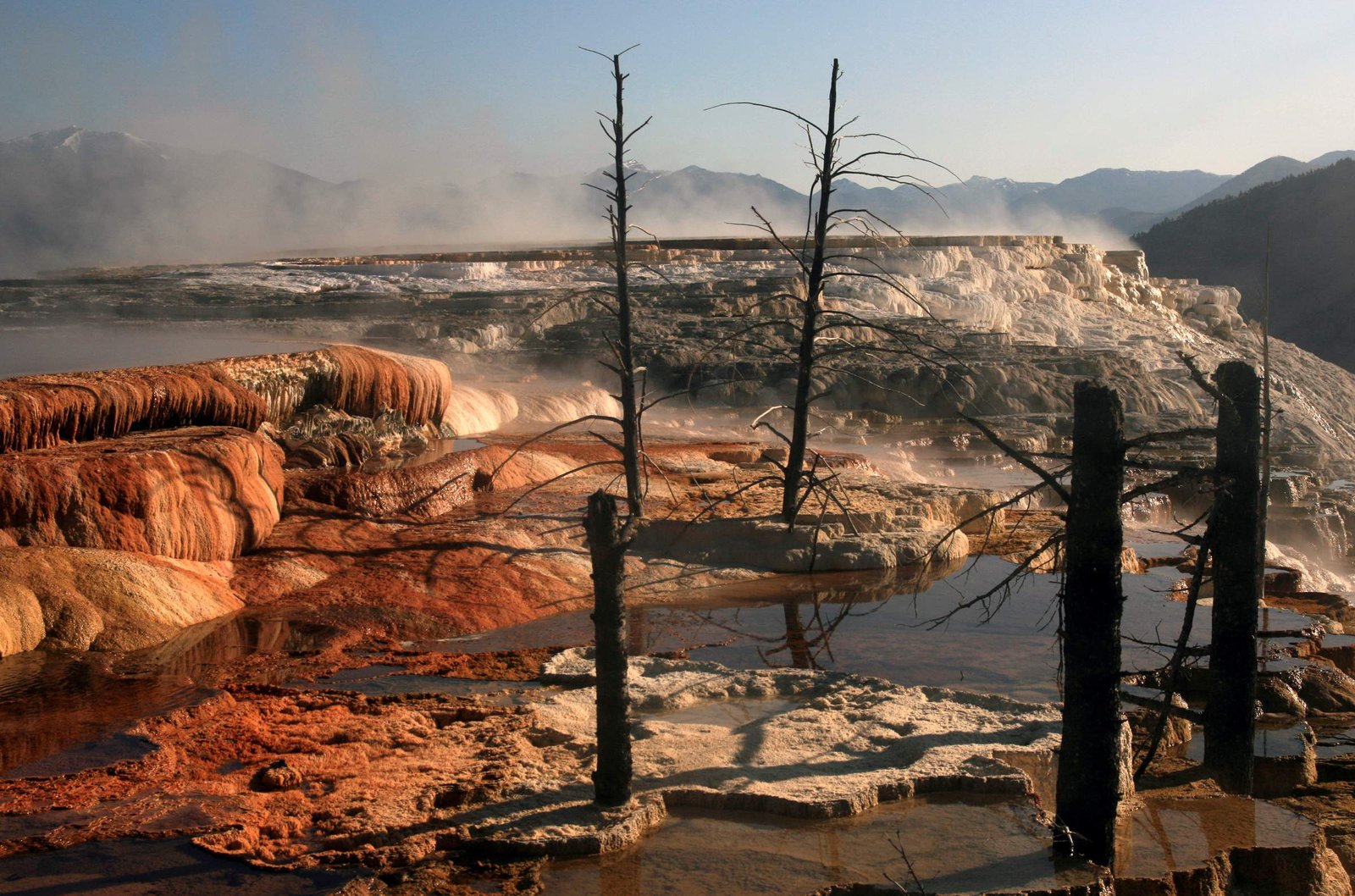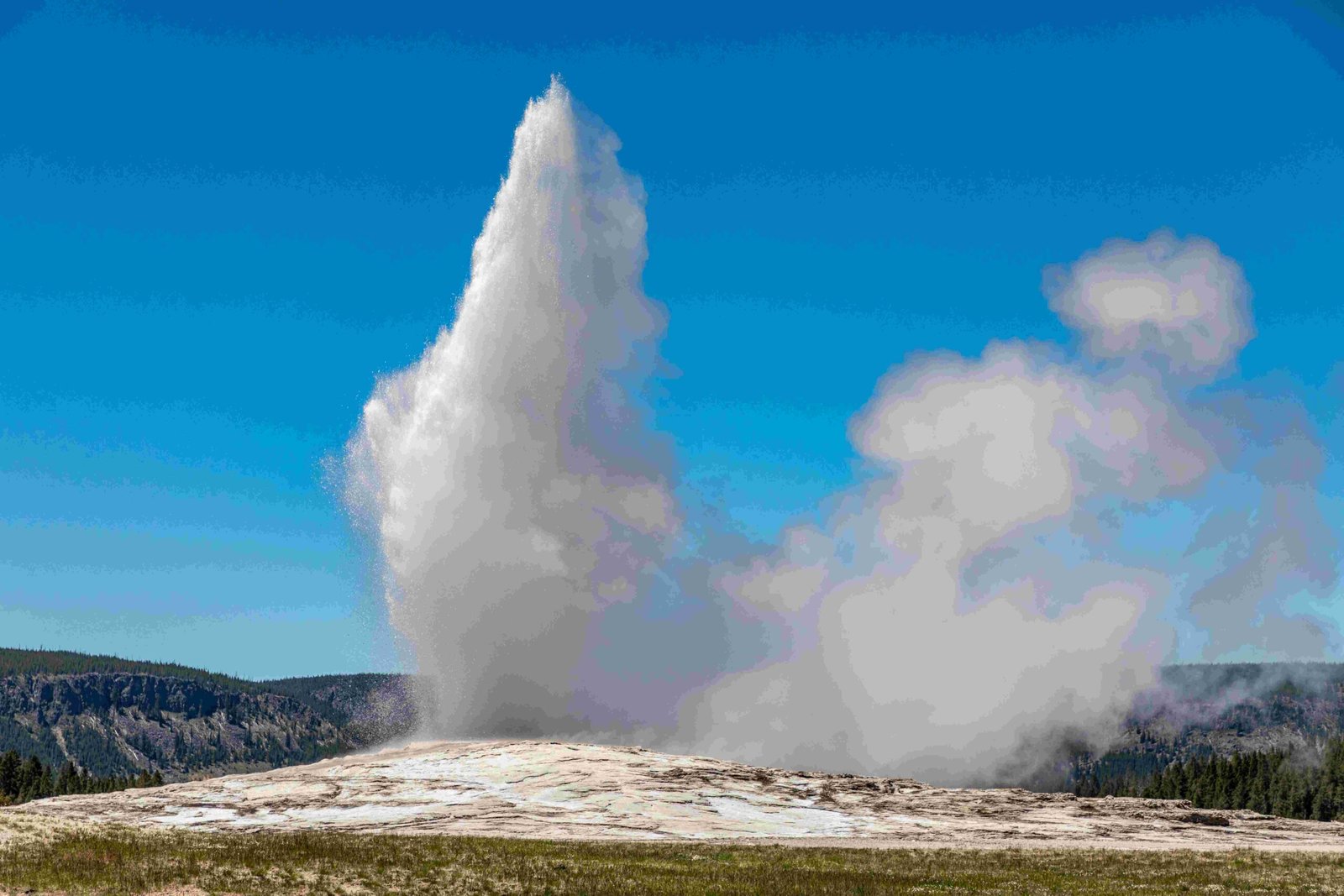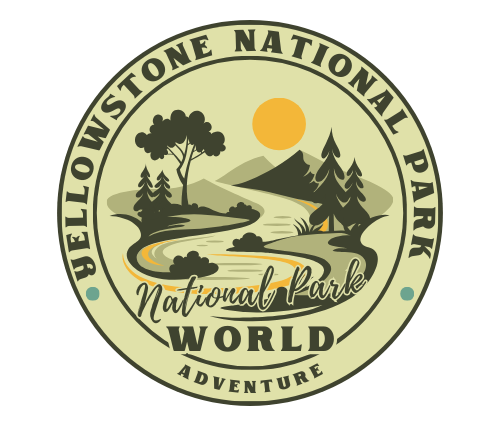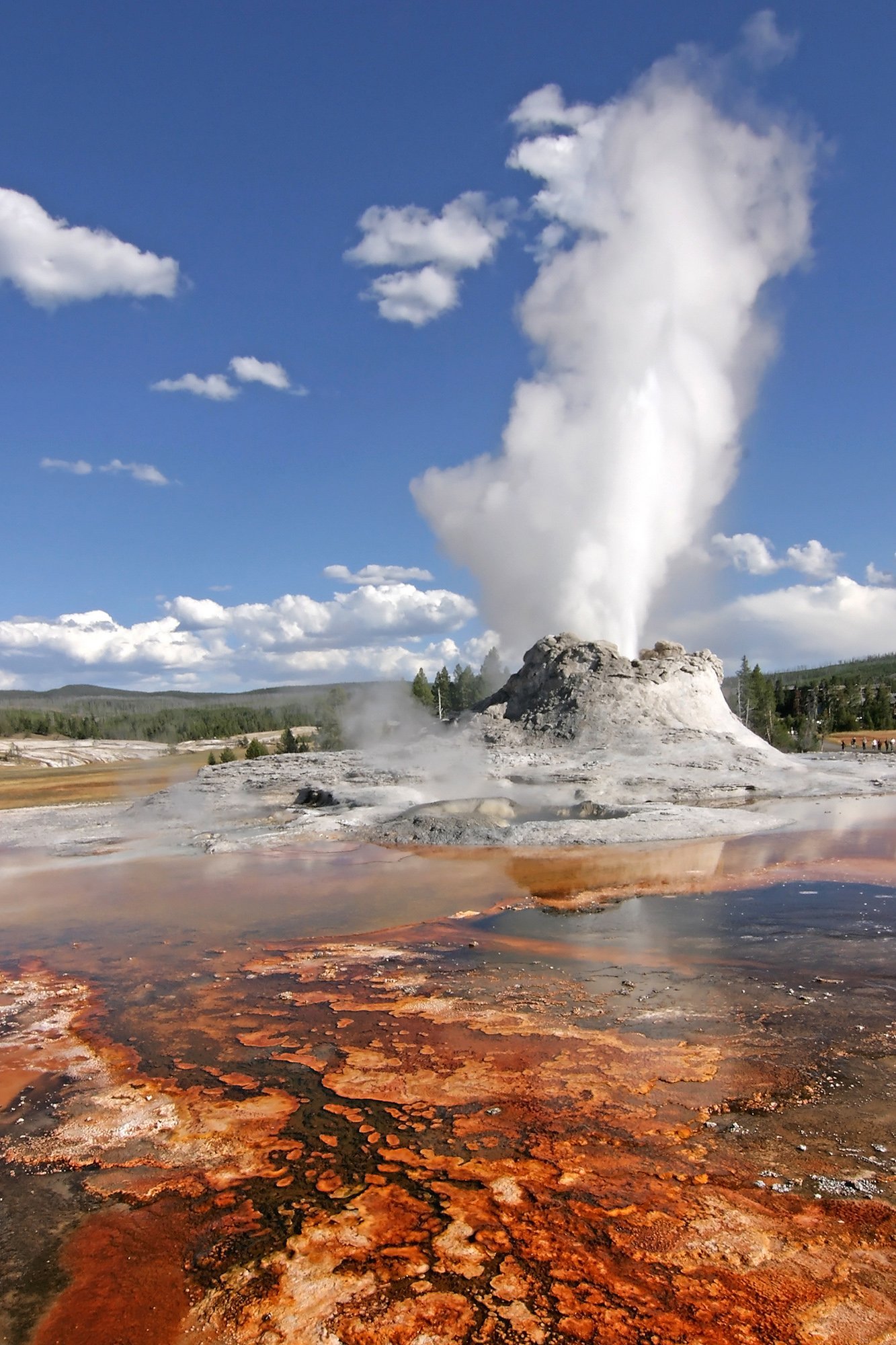Yellowstone National Park’s biodiversity is a complex ecosystem of interconnected species and habitats. The park’s diverse flora and fauna, ranging from microscopic organisms to large mammals, create a delicate balance that affects the entire ecosystem. This article explores the intricate relationships within Yellowstone’s biodiversity and its far-reaching impacts on the park’s ecology, conservation efforts, and visitor experiences.
What is the Current State of Yellowstone’s Biodiversity?

Yellowstone National Park boasts an impressive array of plant and animal species, making it one of the most biodiverse areas in North America. Here’s a breakdown of the park’s species diversity:
- Plant Species: Over 1,000 species, including:
- 1,350 flowering plant species
-
1,150 native plant species
-
Animal Species:
- 67 mammal species (largest concentration in lower 48 states)
- 300+ bird species (150 regularly nesting)
- Numerous fish, reptile, and amphibian species
Notable examples of Yellowstone’s biodiversity include:
- Lodgepole pines
- Quaking aspens
- Arrowleaf balsamroot
- Paintbrush (Wyoming state flower)
- Bison
- Elk
- Black bears
- Grizzly bears
- Wolves
- Bighorn sheep
How Does Yellowstone’s Ecosystem Balance Work?

The ecosystem balance in Yellowstone is a complex interplay of predator-prey relationships and flora-fauna interactions. This delicate balance affects the entire park’s biodiversity.
Predator-Prey Dynamics
The reintroduction of wolves in 1995 had a significant impact on the park’s ecosystem:
- Wolves prey on elk, affecting their population
- Changes in elk numbers influence vegetation growth
- This trophic cascade has led to ecosystem-wide changes
Other predators, such as grizzly bears, mountain lions, and coyotes, also play crucial roles in regulating prey populations.
Flora and Fauna Interactions
Yellowstone’s diverse habitats support a wide range of species interactions:
| Habitat Type | Key Species | Interactions |
|---|---|---|
| High alpine areas | Mountain goats, pikas | Adapted to harsh conditions |
| Sagebrush steppe | Elk, bison, bighorn sheep | Provides essential winter forage |
| Forests | Lodgepole pines, various bird species | Nesting and shelter |
These interactions create a web of biodiversity that affects the entire park ecosystem.
What Conservation Efforts are in Place to Protect Yellowstone’s Biodiversity?
Yellowstone National Park and the surrounding Greater Yellowstone Ecosystem have implemented several conservation initiatives to protect and maintain biodiversity:
-
Wolf Reintroduction Program: Initiated in 1995, this program has successfully restored wolf populations and contributed to ecosystem balance.
-
Fishing Regulations: Strict catch-and-release policies for native sport fish species help protect aquatic biodiversity.
-
Wilderness Designation: Over 2 million acres of the park are designated as wilderness, ensuring minimal human impact.
-
Species-Specific Conservation: Efforts have led to significant recoveries in populations of bald eagles, ospreys, and peregrine falcons.
-
Invasive Species Management: The park actively works to prevent and control invasive species to maintain native biodiversity.
How Can Visitors Engage with Yellowstone’s Biodiversity?
Yellowstone National Park offers numerous opportunities for visitors to experience and learn about its rich biodiversity:
-
Guided Tours: Expert-led tours provide insights into the park’s flora and fauna.
-
Educational Programs: Interpretive programs highlight unique species and their ecological roles.
-
Bioblitz Events: Public participation events allow visitors to help identify and document species.
-
Wildlife Viewing Areas: Designated areas for safe wildlife observation.
-
Hiking Trails: Various trails showcase different habitats and ecosystems.
-
Visitor Centers: Exhibits and information about the park’s biodiversity and conservation efforts.
What are the Long-term Impacts of Yellowstone’s Biodiversity on the Region?
The biodiversity of Yellowstone National Park has far-reaching effects beyond its boundaries:
-
Ecological Impact: The park serves as a model for ecosystem management and conservation.
-
Scientific Research: Yellowstone’s unique biodiversity provides valuable opportunities for scientific study.
-
Economic Impact: The park’s diverse wildlife and landscapes attract millions of visitors annually, boosting the local economy.
-
Climate Change Resilience: Biodiversity enhances the ecosystem’s ability to adapt to changing environmental conditions.
-
Cultural Significance: The park’s biodiversity plays a crucial role in Native American cultural practices and traditions.
In conclusion, the biodiversity of Yellowstone National Park is a complex and interconnected system that affects not only the park itself but also the surrounding region and beyond. Understanding and protecting this biodiversity is crucial for maintaining the health and balance of this unique ecosystem for future generations.

